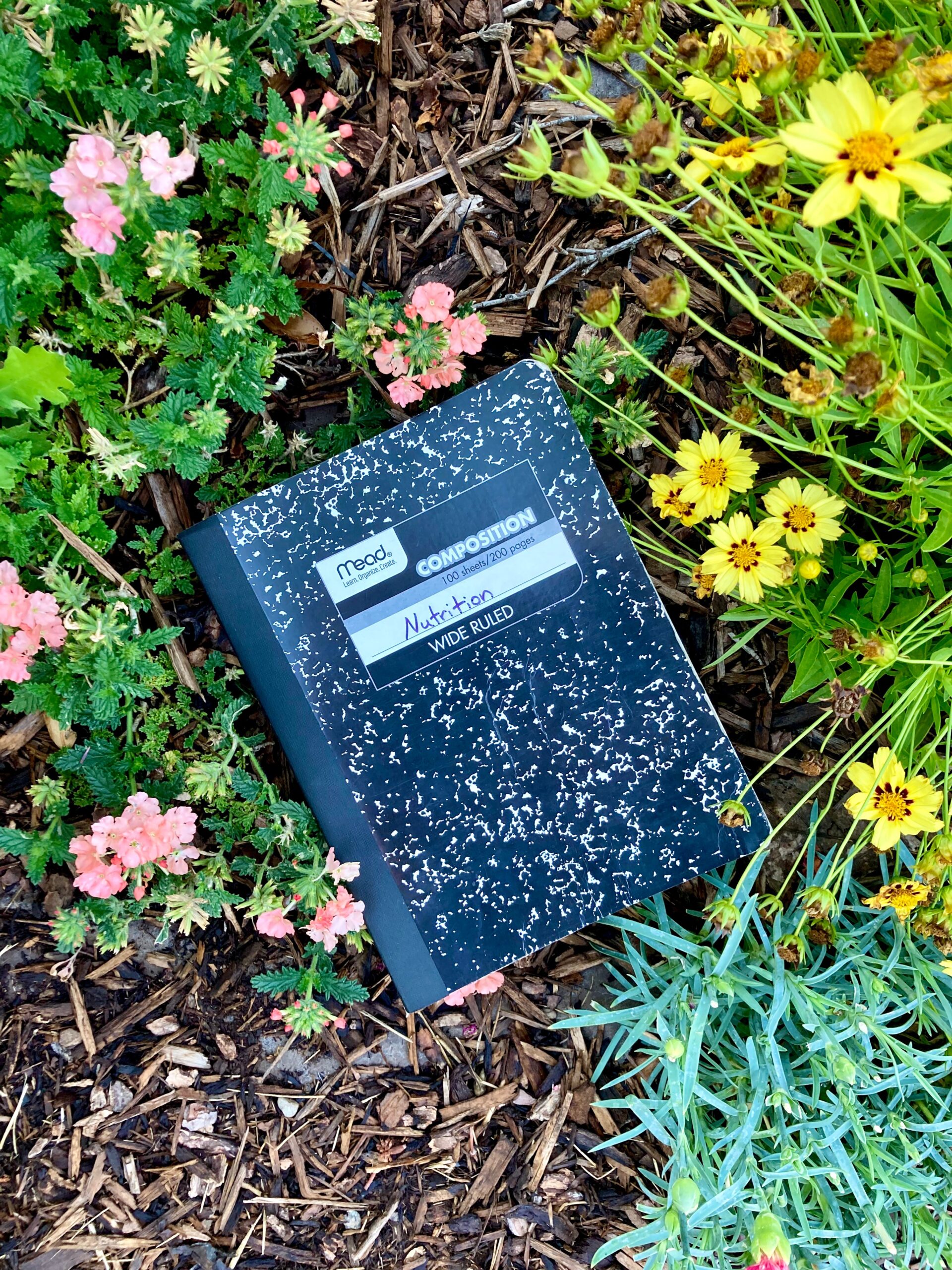Overcome Your Gut + Digestive Issues With Ancestral Nutrition
HOW TO USE A FOOD JOURNAL TO IMPROVE YOUR HEALTH

Keeping a food journal is a great way to:
- See which foods and dietary habits work well for you and which don’t
- Track macros
- Track symptoms such as bloating, stomach pain, constipation, etc.
- Help you lose, maintain, or gain weight
Without keeping a written log, it’s really hard to remember what you ate and how it made you feel over a long period of time.
Therefore it’s hard to make connections to determine which foods and dietary habits are positively affecting your health and which are negatively. If you have severe food sensitivities, autoimmune issues, or gut issues (like Crohn’s Disease, Ulcerative Colitis, or IBS) this is especially true.
What To Write In Your Food Journal:
- All your meals and snacks
- What time you eat
- How you feel after you eat (light, bloated, satisfied, too full, etc)
- Any symptoms you have such as headaches, fatigue, digestive issues, acne, anxiety, etc.
- You may also write your macros if you wish, but that’s not required
- You may also write down when you have a bowel movement (This can be helpful to ensure you are eliminating toxins regularly (ideally 1 or more times a day))
See Example From My Journal Below:

I say nutrition journal, but it doesn’t have to be a physical journal. Feel free to use pieces of paper, a document on your computer, an app, or whatever works best for you.
I’ve been using nutrition journals for 2 1/2 years and found them extremely beneficial for reflecting on my diet and making helpful changes.
I encourage you to give it a shot. While I think it’s a helpful long term tool, it can still be useful when used for only a few weeks.
I think you will notice pretty quickly that using a nutrition journal helps you increase your awareness of what you eat, how often you snack, and how food makes you feel.

